The ocean is a vast, uncharted frontier that covers more than 70% of our planet. Beneath its shimmering surface, a hidden world exists, teeming with life and mystery. This domain is known as the deep ocean zones, where sunlight never penetrates, and only the most adaptable of creatures survive. In this article, we’ll journey into the heart of darkness and explore the 11 deep ocean zones where no light reaches. With each zone, we uncover new mysteries and marvels that captivate scientists and inspire the imagination.
11. The Epipelagic Zone: Where Light Begins to Faint
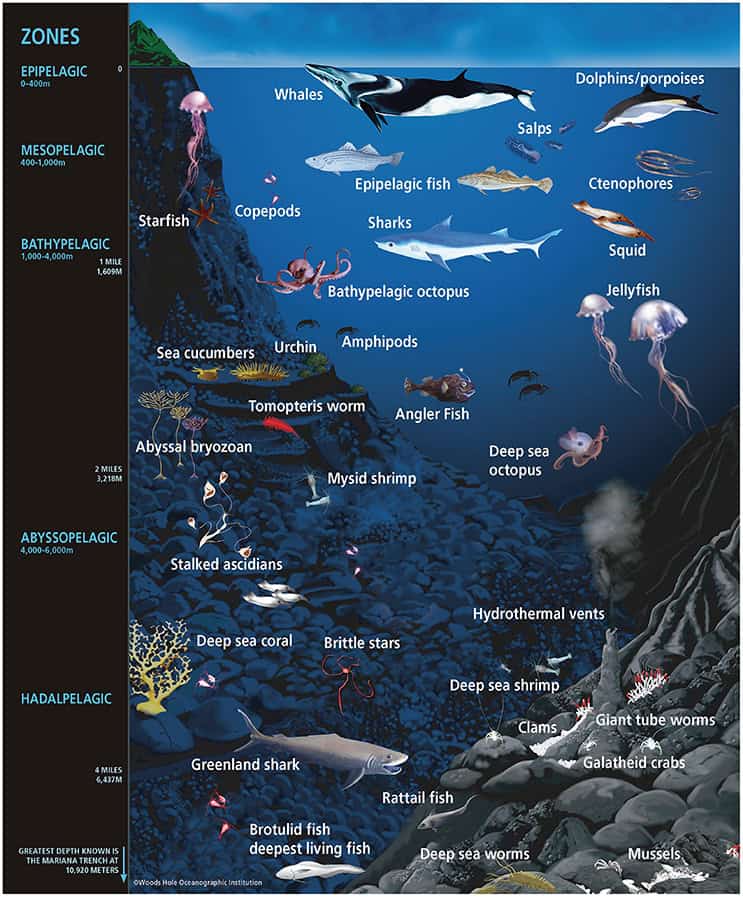
Stretching down to about 200 meters, the Epipelagic Zone, also known as the sunlight zone, is where most oceanic life thrives. However, beneath the surface glow, light fades until it’s gone completely. The vibrant coral reefs and diverse marine species that flourish here give way to a darker, quieter world as depth increases.
10. The Mesopelagic Zone: The Twilight Realm

Also known as the “twilight zone,” the Mesopelagic Zone extends from 200 to 1,000 meters deep. Here, light dwindles significantly, casting long shadows and creating an environment that is far less inviting. Despite the lack of light, this zone hosts an array of fascinating creatures, including the lanternfish, known for its bioluminescent glow which it uses for hunting and communication.
9. The Bathypelagic Zone: The Midnight Zone
In the Bathypelagic Zone, ranging from 1,000 to 4,000 meters, complete darkness envelops the water. This region is often called the “midnight zone” because it’s perpetually pitch-black. Varied species like the giant squid and gulper eel have adapted to these conditions, relying on bioluminescence and unique hunting strategies to survive.
8. The Abyssopelagic Zone: The Abyss
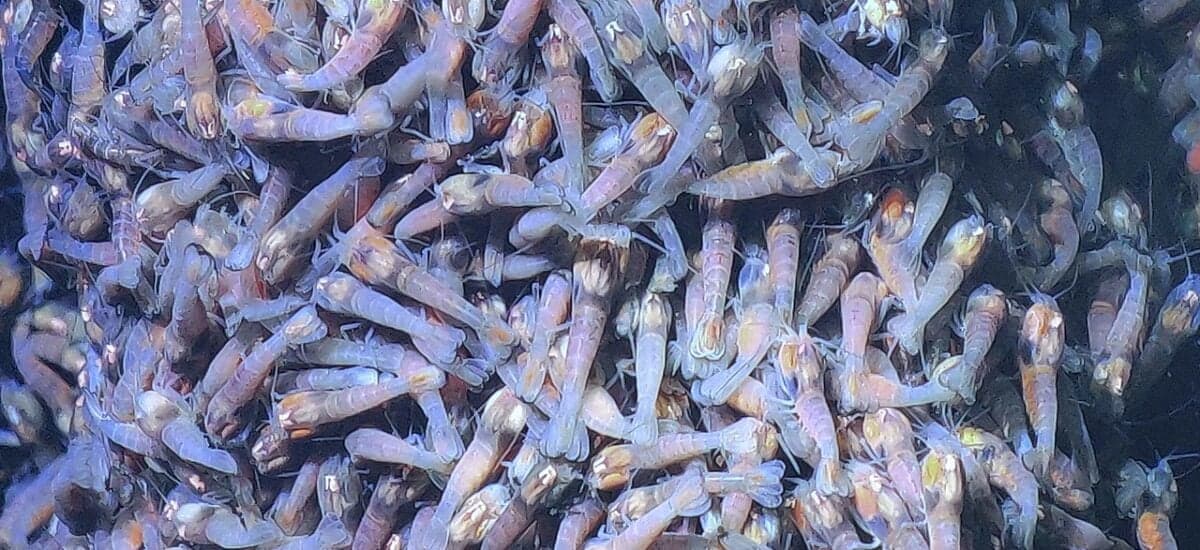
Descending further into the unknown, the Abyssopelagic Zone spans from 4,000 to 6,000 meters. Often referred to simply as “the abyss,” this part of the ocean is cold, dark, and inhospitable. Despite its harshness, life perseveres through extremophiles and deep-sea giants like the Dumbo octopus, which slides gracefully through these murky depths.
7. The Hadalpelagic Zone: Trenches of the Deep
The Hadalpelagic Zone reaches depths beyond 6,000 meters. This zone is primarily composed of ocean trenches and includes the deepest parts of the ocean, such as the Mariana Trench. The immense pressure and chilling temperatures here challenge the very essence of life, yet unique species like the snailfish have adapted to these extreme conditions.
6. Marine Snow: The Scant Nutrient Source
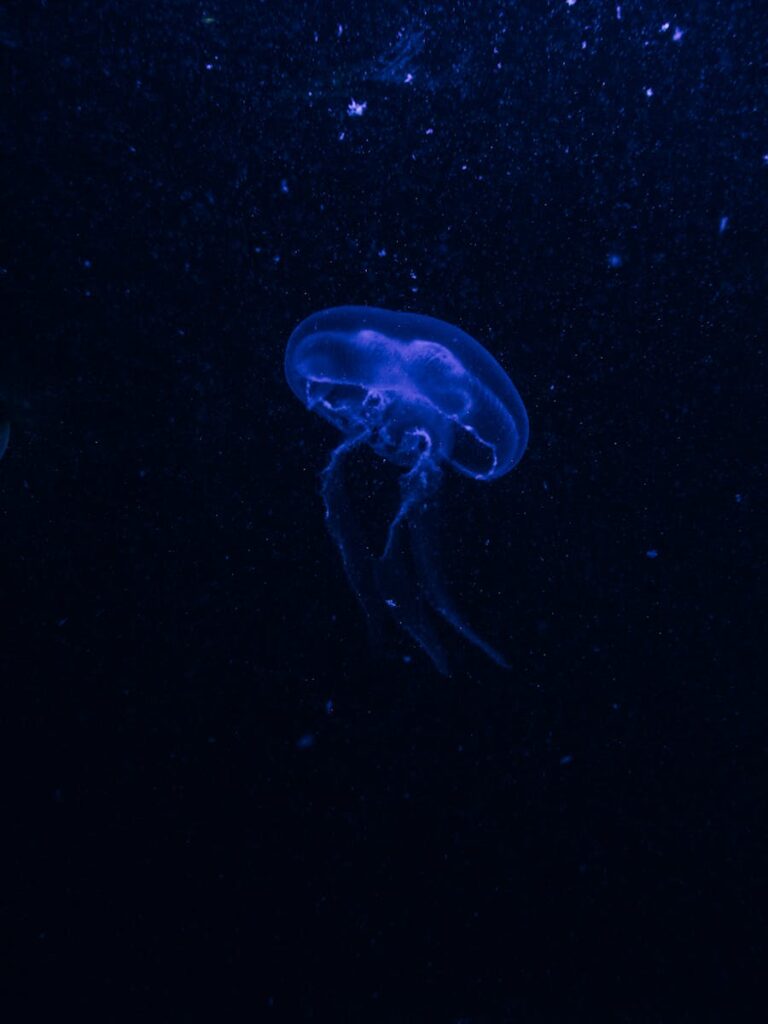
In these lightless zones, food sources are scarce. Many deep-sea organisms rely on “marine snow,” a steady fall of organic material that originates in the ocean’s upper layers. This detritus consists of dead plant and animal matter, which serves as a crucial nutrient source for abyssal creatures.
5. Bioluminescence: Light in the Darkness

In the absence of sunlight, bioluminescence becomes a vital adaptation. Many deep-sea organisms can produce their own light through chemical reactions within their bodies. This light serves multiple purposes, from attracting prey to deterring predators and even facilitating communication among species.
4. Extreme Pressure Adaptations

The immense pressure of the deep ocean, reaching over 8,000 psi, poses a significant challenge. Many organisms have developed specialized adaptations to withstand such pressures, such as flexible cell membranes and proteins that function optimally in these conditions. These adaptations enable survival where the pressure would crush most other forms of life.
3. Thermal Vents: Oases in the Abyss
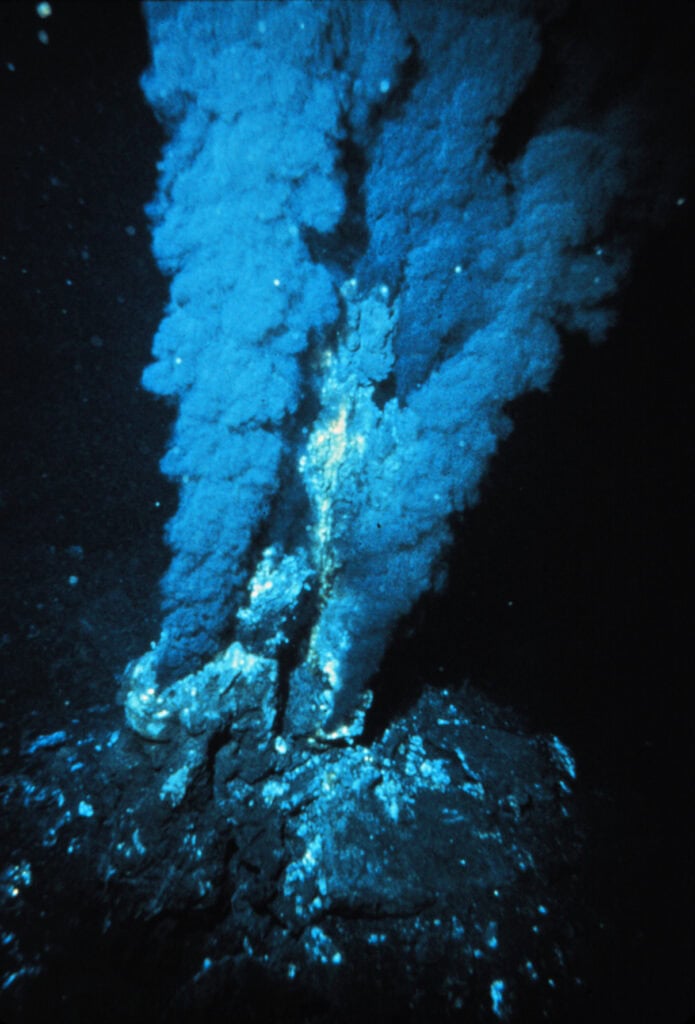
Within the dark ocean floor, hydrothermal vents provide an unexpected bounty. These fissures in the Earth’s crust release mineral-rich water heated by the planet’s molten core. Around these vents, unique ecosystems thrive, supported by chemosynthesis, a process where bacteria convert minerals into energy, forming the base of a complex food web.
2. Mapping the Unseen World
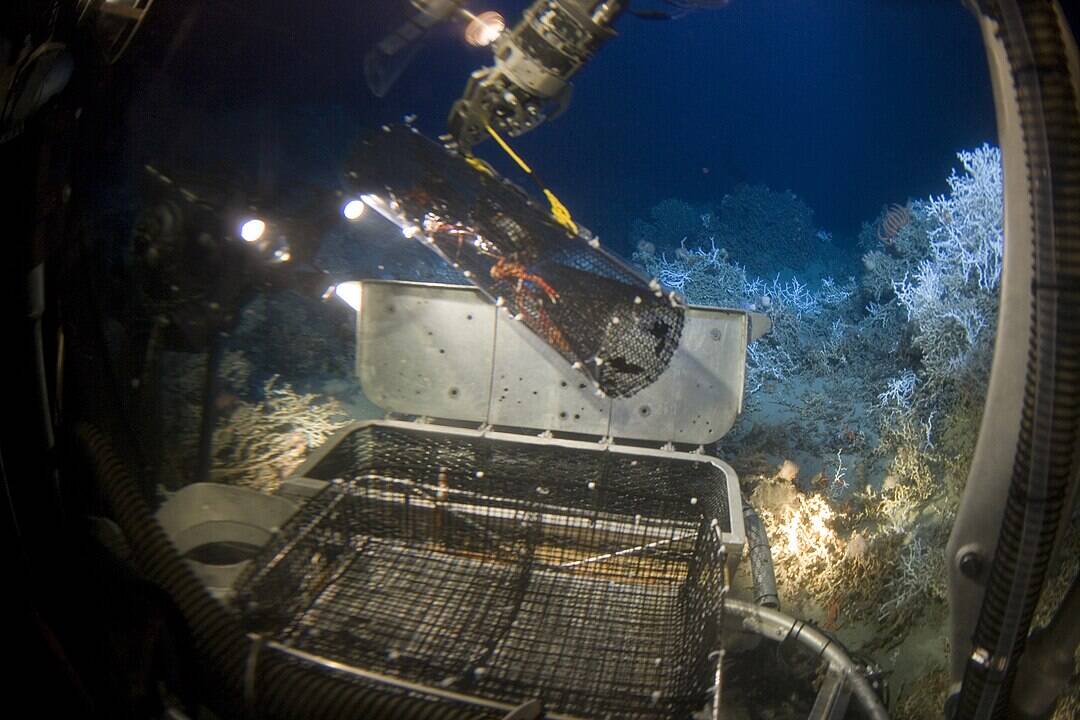
Advancements in technology have increasingly allowed scientists to map and explore these remote depths. Techniques such as sonar mapping and remotely operated vehicles (ROVs) have begun to reveal the stunning topography and diverse ecosystems of the deep ocean zones, offering insights into one of Earth’s final frontiers.
1. The Role of Deep Ocean Research
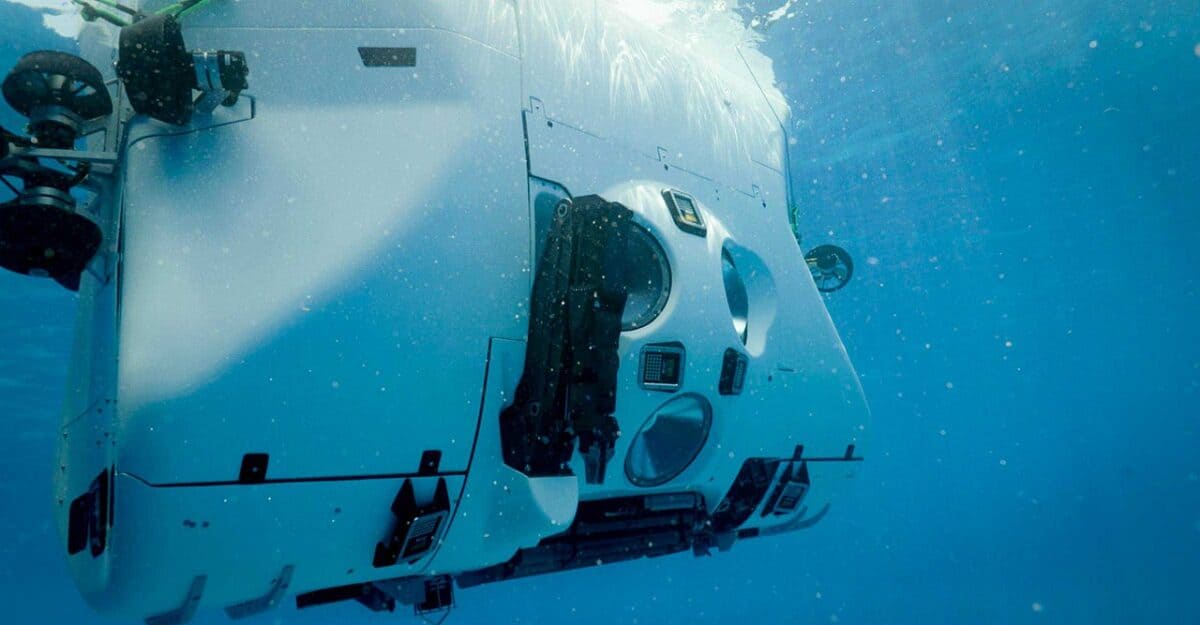
As scientists continue to explore these depths, they uncover vital information about biodiversity, climate change, and the history of our planet. Research in these zones helps us understand life’s adaptability and resilience, providing crucial knowledge that has implications for fields ranging from medicine to technology.
The deep ocean remains one of Earth’s most mysterious environments, teeming with secrets yet to be discovered. It challenges our understanding of life and showcases the extraordinary adaptability of organisms. While much has been learned, the deep ocean zones hold countless more wonders, waiting in the darkness to inspire awe and curiosity.
By exploring these oceanic depths, we deepen our appreciation for the resilience of life and the complexity of the planet we call home. As technology advances, who knows what secrets the deep will reveal next?
- The Largest Hailstones Ever Recorded in the US—And Their Impact - August 17, 2025
- Koalas Sleep More Than Sloths - August 17, 2025
- How Wild Dolphins Use Medicinal Coral to Heal Wounds - August 17, 2025

